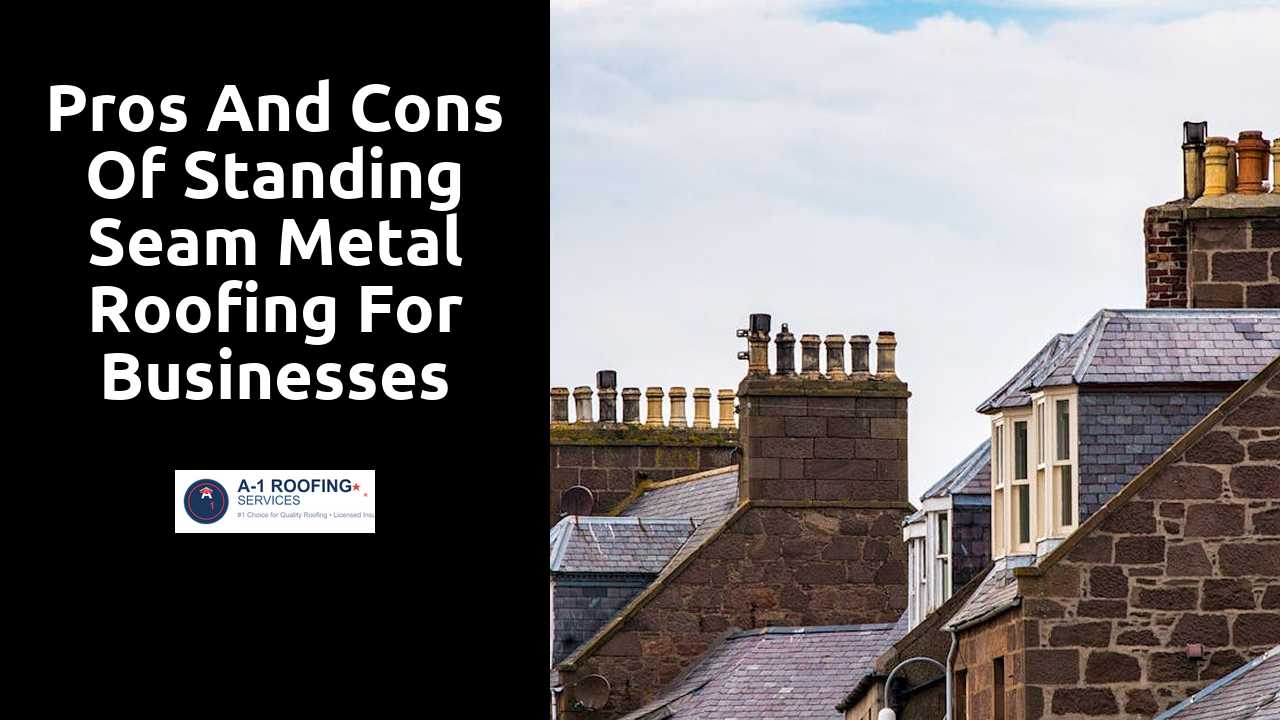
Pros and Cons of Standing Seam Metal Roofing for Businesses
Table Of Contents
Installation Process
The installation of standing seam metal roofing involves precise preparation and careful execution. It starts with ensuring that the roof structure is sound and properly oriented to accommodate the metal panels. Next, the panels, which come in interlocking sections, must be cut to fit the specific dimensions of the roof. This requires exact measurements to prevent issues with water drainage or compromised integrity. Once positioned, the metal panels are fastened at specific intervals, typically using hidden clips, to create a watertight seal while allowing for thermal expansion.
When considering installation methods, businesses often face a choice between hiring professionals or attempting a DIY approach. Professional installers bring experience and tools tailored for the task, ensuring that the roof meets industry standards and warranties. On the other hand, a DIY installation may reduce upfront costs but carries the risk of improper installation, potentially leading to more significant issues down the line. Factors such as the complexity of the roof design and the workers' skill levels should play a key role in this decision.
View this external resource for great tips and advice.
Professional Versus DIY Installation
When considering installation options, many business owners weigh the benefits of hiring professionals against the appeal of a DIY approach. Professional installation guarantees expertise, ensuring that the roofing system is properly fitted and secured. Experienced roofers have the necessary tools and knowledge to handle potential challenges, which can minimize the risk of mistakes that might lead to costly repairs down the line. Moreover, many professionals offer warranties on their work, providing an added layer of security and assurance.
On the other hand, a DIY installation can significantly reduce initial costs, making it an attractive option for budget-conscious businesses. However, this approach carries its own set of risks. Without the right experience, issues such as improper sealing or misalignment may arise, jeopardizing the roof's performance and longevity. Time and effort must also be considered, as managing a roofing project can be more time-consuming than anticipated, particularly for individuals who lack the skills or resources common among seasoned professionals.
Cost Considerations
When considering the financial aspects of standing seam metal roofing, businesses must weigh the initial investment against potential long-term savings. The upfront costs can be higher compared to traditional roofing materials, largely due to the quality of materials and the complexity of the installation process. Investing in durable and energy-efficient roofing can reduce cooling and heating expenses over time, leading to significant savings on utility bills. Additionally, the longevity of metal roofing often results in lower maintenance costs, making it an appealing choice for long-term budgeting.
Beyond immediate expenses, it is crucial to evaluate the roof's lifespan and warranty options. Standing seam metal roofs can last 40 years or more with proper maintenance, which often offsets the higher initial costs. Businesses should consider potential insurance benefits, as some insurers offer discounts for metal roofing due to its resilience and safety. The long-term return on investment becomes clearer when factoring in these aspects, making it essential for decision-makers to perform a thorough financial analysis before committing to this roofing option.
Initial Investment Versus Long-Term Savings
The initial investment in standing seam metal roofing tends to be higher than traditional roofing materials. Businesses may experience sticker shock when comparing prices, especially when factoring in labor costs for professional installation. Quality metal roofing systems often require more significant upfront capital due to materials that offer durability, aesthetic appeal, and longevity. While the initial expense can pose a barrier for some, considering the long-term implications of such an investment reveals a more favorable outlook.
As metal roofing boasts longevity and minimal maintenance needs, businesses can realize considerable savings over time. Many standing seam roofs last upwards of 50 years, which can significantly reduce the frequency of replacements required for other roofing types. Additionally, energy efficiency gains can translate into lower utility bills, further offsetting costs. When evaluating total ownership costs, the advantages of durability and reduced maintenance should be weighed against the initial expense, leading to potentially significant long-term financial benefits.
Weather Resistance
Standing seam metal roofing is renowned for its ability to withstand harsh weather conditions. Its interlocking panels create a watertight seal that effectively prevents leaks during heavy rain or snow. Unlike traditional roofs, these systems do not have seams that can easily deteriorate over time, which further enhances their durability. This feature makes them particularly appealing to businesses located in regions prone to extreme weather, such as high winds or hailstorms.
The material itself, typically galvanized steel or aluminum, is designed to resist rust and corrosion, ensuring longevity even in coastal areas where saltwater exposure is a concern. Additionally, the raised seams provide enhanced snow and ice shedding capabilities, reducing the risk of structural damage in winter months. Business owners can rely on this roofing type to maintain its integrity and aesthetic appeal despite the forces of nature.
Performance in Extreme Conditions
Standing seam metal roofing excels in a variety of extreme weather conditions. Its design provides excellent resistance against heavy snow loads, strong winds, and intense rain. The raised seams minimize the risk of leaks, which is crucial in areas prone to heavy precipitation. Additionally, the durability of the materials means they can withstand the corrosive effects of salt air, making them a suitable choice for coastal businesses.
In regions with significant temperature fluctuations, this type of roofing proves its worth as well. Metal has a natural ability to reflect solar heat, helping to maintain cooler indoor temperatures during summer months. Conversely, it retains warmth during winter, contributing to energy efficiency. This thermal performance not only enhances comfort but also aids in reducing heating and cooling costs throughout the year.
Related Links
An Overview of Roof Garden Systems for Urban Commercial SpacesHow to Select the Right Membrane Roofing for Your Commercial Needs